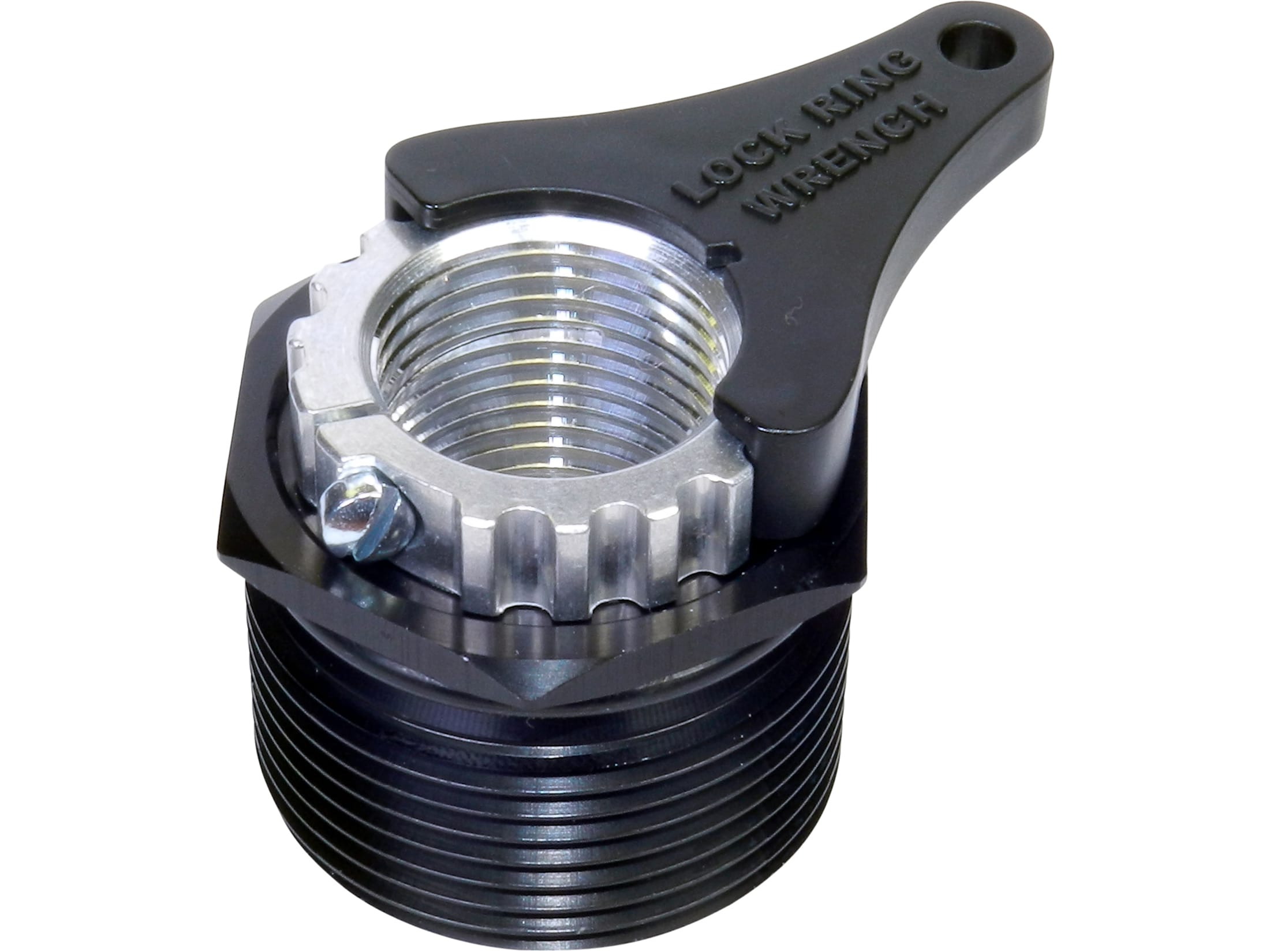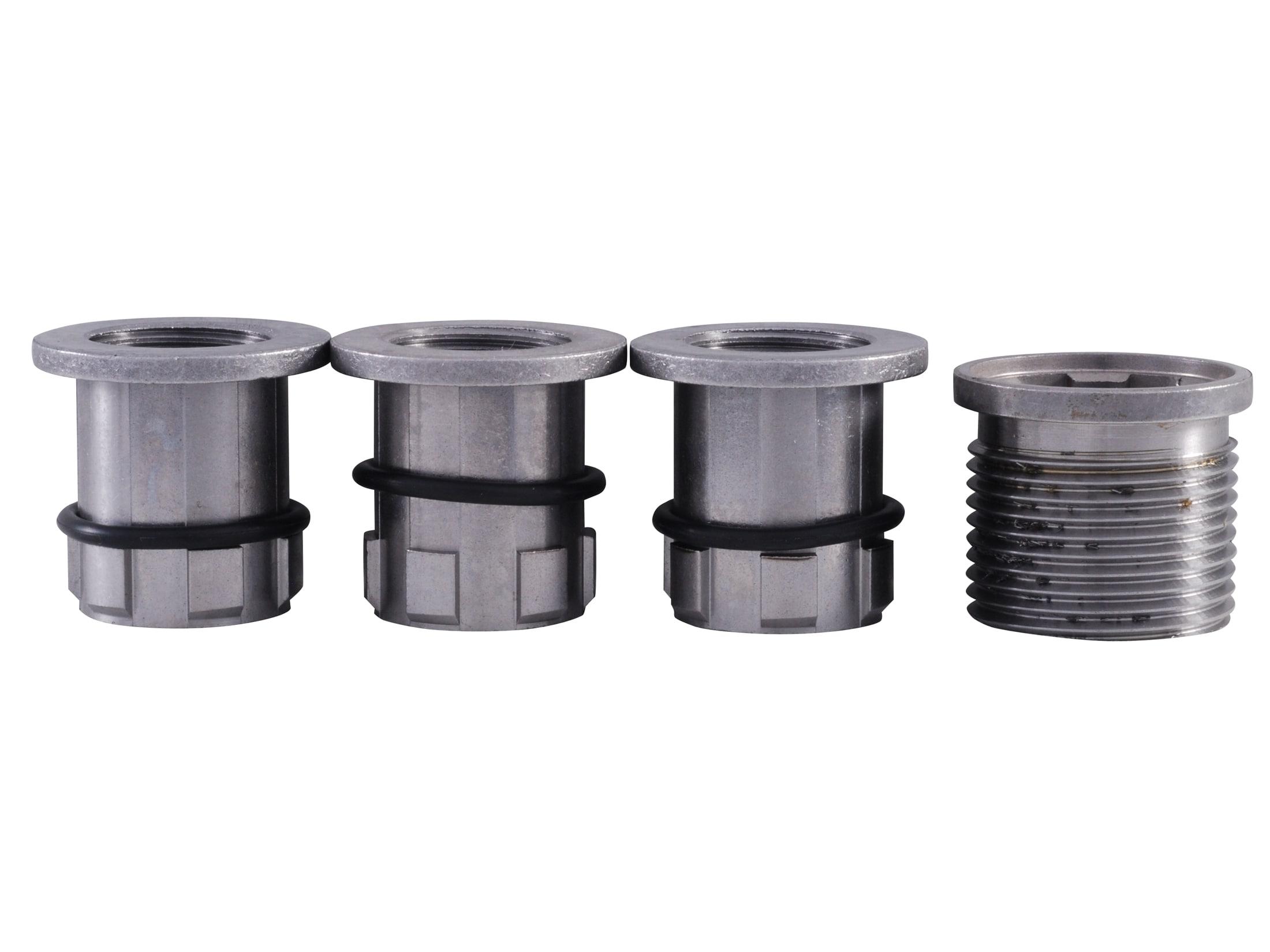woodperson
Single-Sixer
Best thing I did was to add the LNL bushings to my single stage press. I have not been at all interested in a turret press after I made that move. I do seat and crimp separately. Dies can be removed and replaced instantly and hold their adjustments when doing so.



